Going Where Winter Runs Bright
Discovering the magical community spirit of sport at the Pentathlon des Neiges.
By: Anna Lee Boschetto
In the midst of another grey day in early February I agreed to run and ski at the Salomon Duathlon in Quebec City. The event is part of the Pentathlon des Neiges, a multi-sport winter event similar to a triathlon, but with five different events. Athletes must cross-country ski, run, cycle, skate and snowshoe as individuals or as part of a team. This event has been taking place for more than a decade and it’s the only one of its kind anywhere in the world and with good reason. Let’s face it there aren’t many places with the climate to offer athletes the time to train and race organizers the snow and ice required to create a course of this nature.
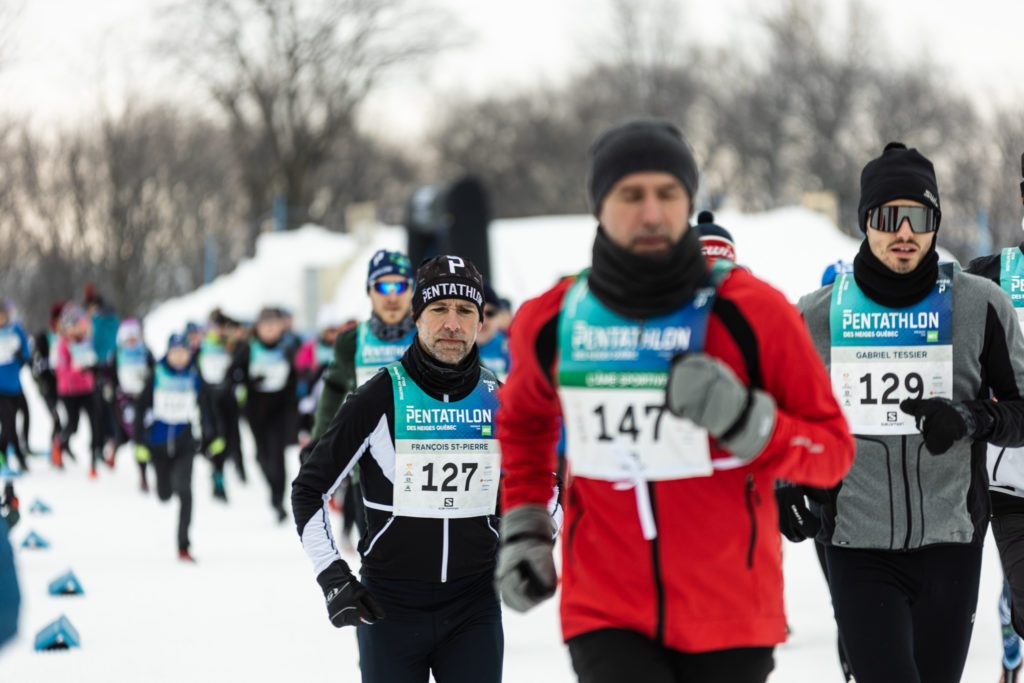
As I also learn, part of the Pentathlon des Neiges also includes a number of team challenges including a corporate one. It’s all part of the event’s focus on building that sense of community spirit and it shows. At the start line for the corporate challenge, I watch an uproarious scene as colleagues who are athletes joke and laugh with one another. Most of the corporate teams are outfitted in team costumes adding to this already highly-spirited atmosphere. Fundraising is a key aspect of the corporate challenge, with funds raised going to local schools for physical education programs which includes training for the school pentathlon challenge.
I have been an avid alpine skier of some 30 years which means that I’m comfortable wearing skis, even if they aren’t exactly the ones that I’m used to. Cross-country skiing was part of my high school physical education curriculum, so I’ve done it, about five to ten times. With a blind sense of self-confidence I felt quite comfortable giving the Salomon Duathlon a try. Salomon has also generously provided me with skies and running shoes that will take me along the course. Needless to say the boots and skis of today are much different than 30 years ago, and as I’m getting fitted for mine, I’m impressed by the sleek ski design, along with the comfort and fit of the boots which are more like Salomon’s running shoes with a lightly-cushioned feel my feet appreciate on the course.
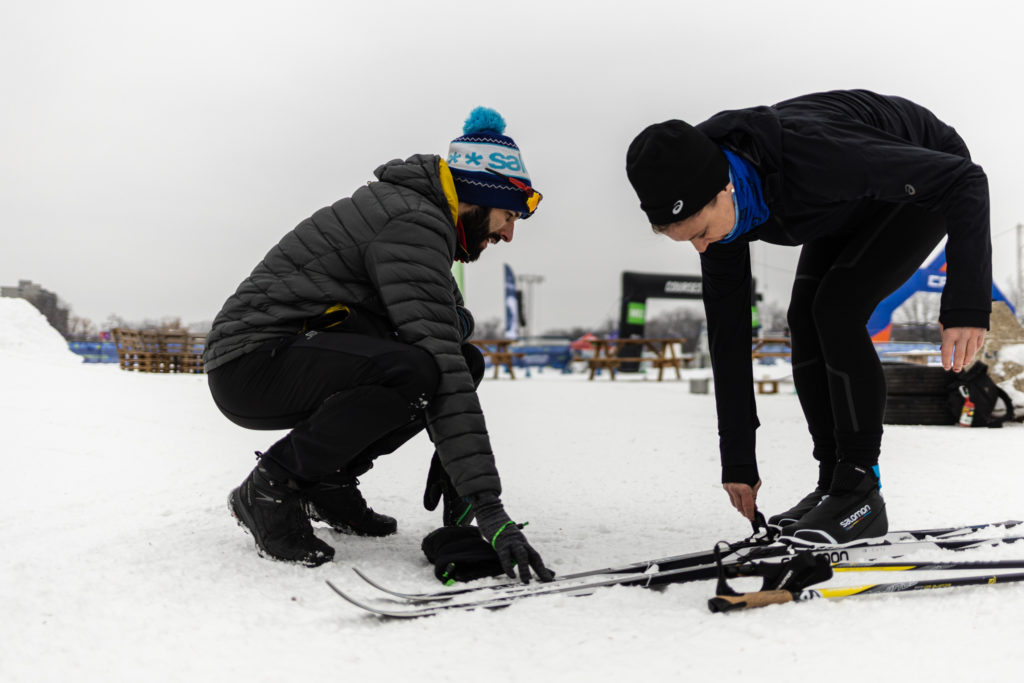
As a year-round runner, even at this time of year, I’m always about half marathon ready, so agreeing to an event involving a run, ski and run didn’t feel overwhelming to me. That said, I’m also completely alright with being bad at something at first, which is a good thing because it doesn’t keep me from trying. Even in my mid-40s I realize it may get more challenging to push out of my comfort zone but if it gives me the rewards like it does when I complete my first duathlon, I’m sure going to keep trying.
There are two options for the duathlon a 5-kilometer discovery course (1.25K, 3.15km, 1.25km) and a 14-kilometer sprint (3km, 9.8km, 1.6km). Let me just say, if you have never cross-country skied (which is basically where I was) you probably need to opt for the discovery. No matter how great your confidence in your fitness level is, cross country skiing is not for the faint of heart and despite being on the Plains of Abraham, this course is not a flat one as I discover mid-course.
Navigating the second of three uphill climbs using a combination of extra bad skate skiing and V-steps, I’m wondering how on earth this hill got here in the first place—this is the Plains of Abraham after all. As it’s later explained, the cross-country portion of the course was constructed to give athletes a bit of a challenge. These hills are actually manmade with large barrels covered in snow. Challenge created and accepted. No matter how unaware you are starting out, you’ve got no choice but to keep on going.
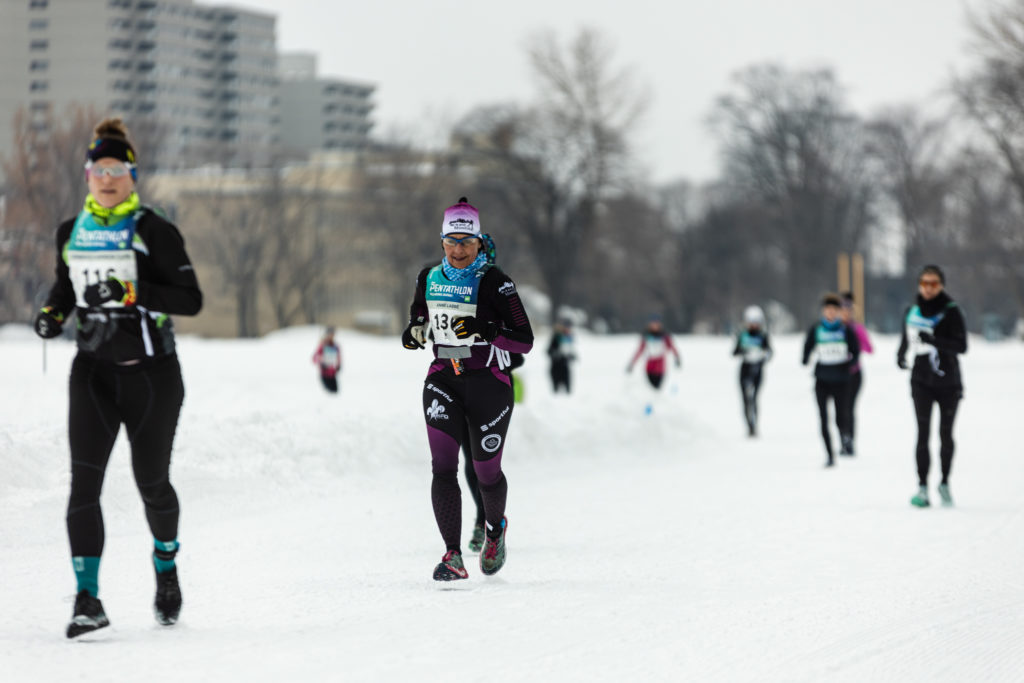
With winter taking up at about five or six months of the year in some parts of the Canada, winter running is not for everyone. Runners may not consider cross country skiing a complementary activity to running, but it actually is. The motion of skiing actually strengthens different muscle groups because you’re strengthening different muscle groups than you are with running. Consider it part of your seasonal cross training, which I’m seriously thinking about doing, as I continue my ascent. Tucking my poles under my arms and hunch into the downhill, I’m enjoying feeling the rush of wind behind me. It’s not alpine skiing but it gives you a certain joyful feeling of being a child outdoors in winter.

By noon I find myself sitting on the sunny patio of the VIP chalet which is situated along a part of the course that offers an incredible view of running, skiing and skating. Watching the skaters take to the ice oval on the Plains of Abraham, it’s no wonder these athletes are embracing winter. In this part of the Quebec the sunshine alone brings people outside. Even in the crisp, cold winter air you hardly notice the sub-zero temperatures amid the vitamin D you soak in from the sun. In most metropolitan centres at this time of year it may not always feel so inviting to be outdoors. Embracing a winter sport, like ice skating, snowshoeing or cross country skiing forces you out of the city and into the often brighter, white great outdoors.
The whole weekend feels like a celebration of camaraderie. When I ask Isabelle Roy, the Pentathlon des Neiges marketing director, exactly how competitive everyone is in these events she smiles. She admits that many people (including her husband and some of his friends) really aren’t training that intensely. In fact, it’s more about enjoying the moment and being a part of this event that rallies on community spirit, so much more than winning any competition. Sport for the love of sport, it’s a novel idea and the camaraderie that comes with this shared passion is not to be missed. In these challenging times, having a unifying experience is one that can be as inviting and leaving you feeling the warmth of this sunshine.
Anna Lee Boschetto is a regular iRun contributor, health and wellness writer and content producer.








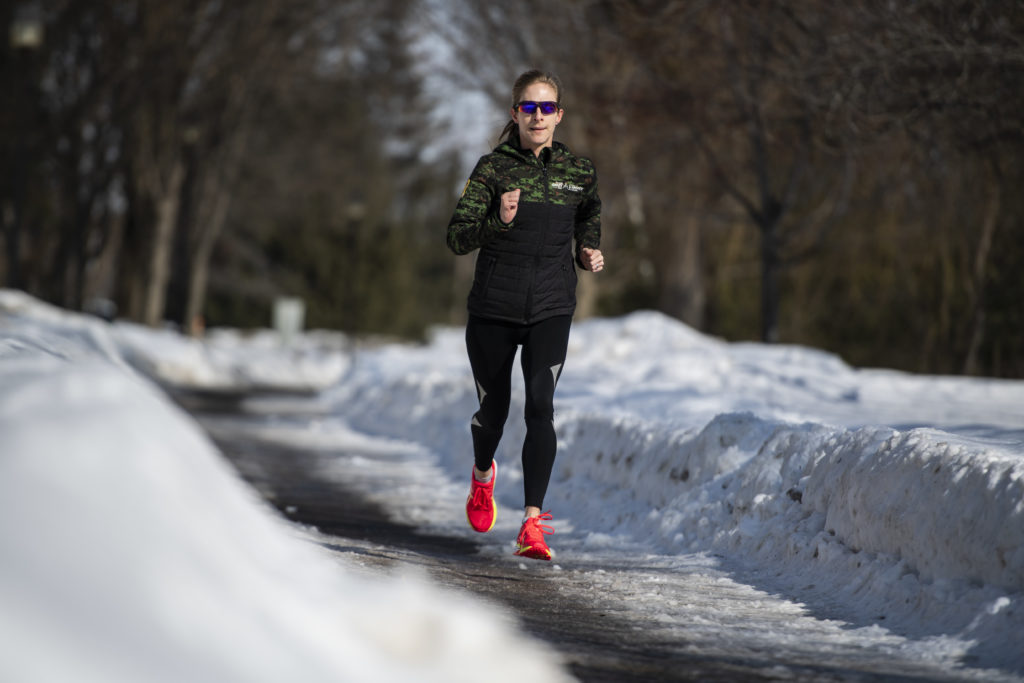
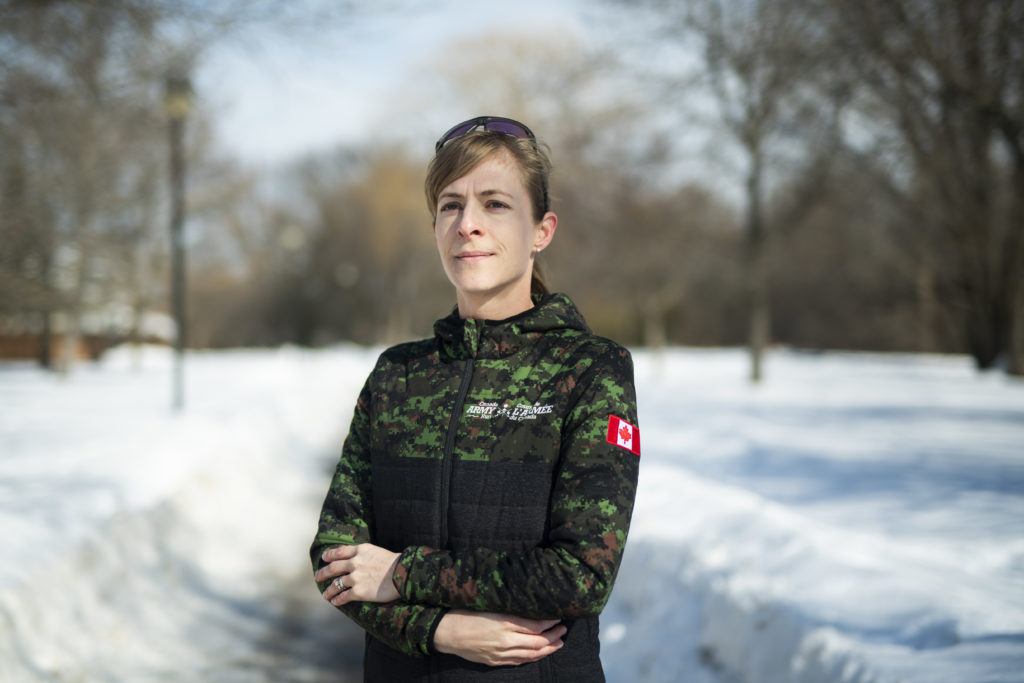




 Our Magazine
Our Magazine
